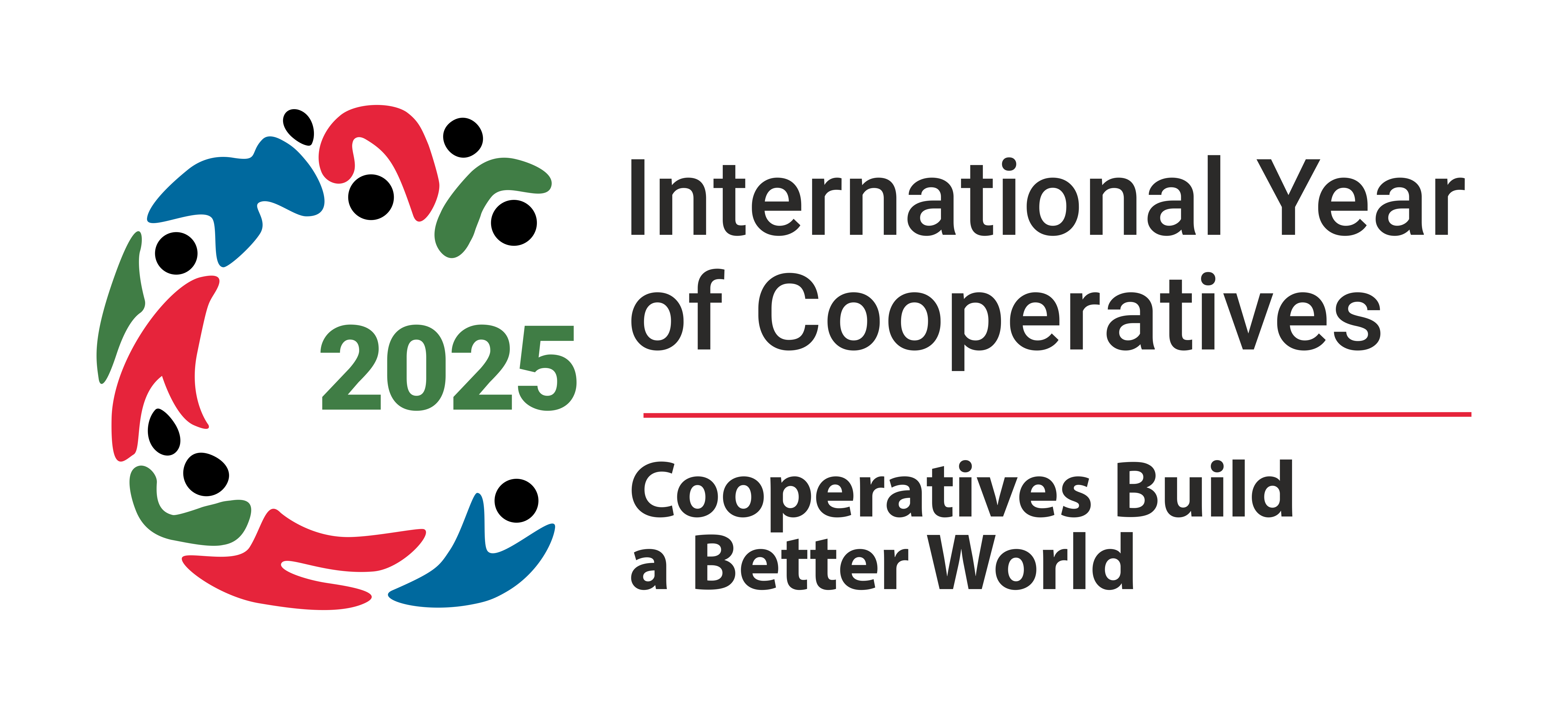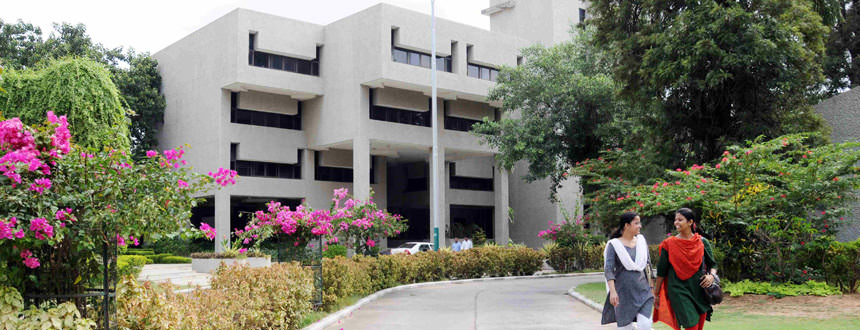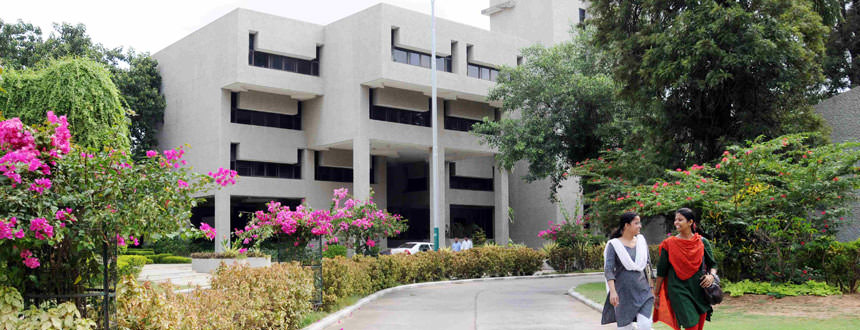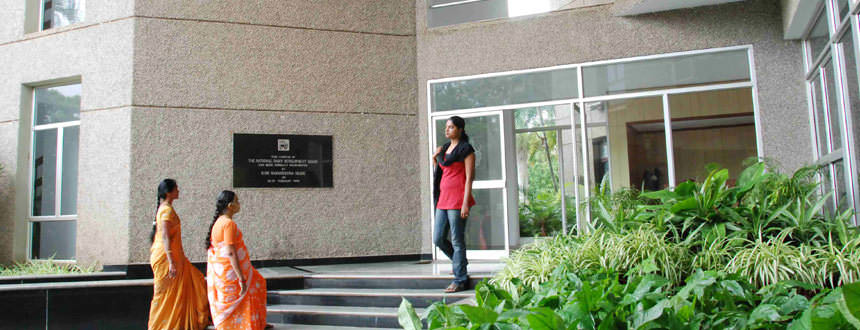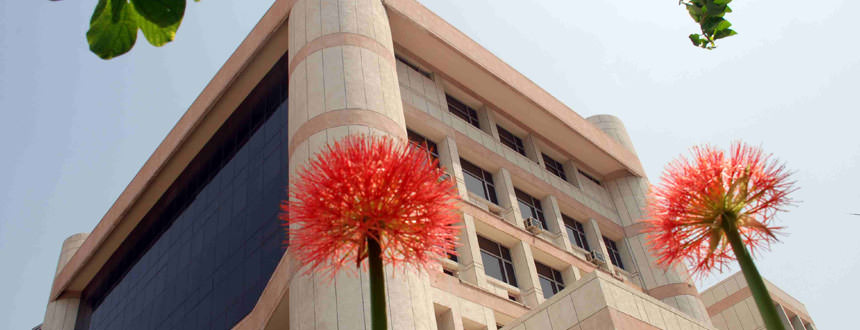Address by Shri Meenesh Shah, Chairman, NDDB at 23rd Indian Veterinary Congress and 30th Annual Conference of the Indian Association for the Advancements of Veterinary Research (IAAVR) - 3 February 2023
23rd Indian Veterinary Congress and 30th Annual Conference of the Indian Association for the Advancements of Veterinary Research (IAAVR)
&
National Symposium on “Advances in Tackling Antimicrobial Resistance and Ensuring Food Safety under One Health Perspective
09:30 am – 3rd February, 2023
Address by Guest of Honour – Shri Meenesh Shah, Chairman, NDDB
Dr Bhupendra Nath Tripathi, DDG, ICAR (Animal Science)
Dr N. H. Kelawala, Vice Chancellor, Kamdhenu University
Dr Falguni Thaker, Director, Animal Husbandry, Gujarat
Dr D B Patil, Director, Research and Dean PGS , Kamdhenu University
Dr Rishendra Verma, Founder Secretary, IAAVR
Dr S N Singh, President, IAAVR
Dr P H Tank, Dean Veterinary Faculty, Kamdhenu University and
Dr J.B Nayak
Delegates participating in this conference
Faculty of Kamdhenu University
Officers from State Govt, NDDB
Other distinguished guests
Students
It is an honour for me to be with all of you in this inaugural function of 23rd Indian Veterinary Congress and 30th Annual Conference of the Indian Association for the Advancements of Veterinary Research (IAAVR) being organised by College of Veterinary Science & A.H., Kamdhenu University, Anand.
It is also a matter of great pleasure that a National Symposium on “Advances in Tackling Antimicrobial Resistance and Ensuring Food Safety under One Health Perspective” is also being organised today to mark the occasion.
India has more than 80 million families engaged in farming and allied activities, including animal husbandry and dairying. India also has its unique system of dairying with major production coming from small and marginal farmers.
Therefore, Zoonoses in India are of great public health importance which is compounded by various environmental, social and economic factors. Zoonoses constitute 61% of all known infectious diseases. Out of the 175 diseases considered to be emerging, 75% are zoonotic.
Global warming is reportedly causing an increasing trend in the prevalence of zoonoses in India. Further, around 70% of the population in India lives in a rural milieu which mainly relies on farming with close animal contact and frequent exposure to sick or infected ones.
The livestock density is also higher, and, given the tropical climate, there is also an abundance of vectors that transmit diseases. Poor hygiene, poverty, malnutrition, lack of education, close contact etc, also predispose majority of the rural population to zoonotic diseases.
The above factors coupled with a poor system for detection and monitoring of zoonotic diseases, inadequate diagnostic infrastructure and lack of organized national programmes for control of many zoonotic diseases has made this subject an area that requires some serious attention in our country.
It is therefore imperative that the health of the population and specifically that of the farmers and other stakeholders who are in close contact with their animals, is protected.
Moreover, the huge economic losses, both direct and indirect, incurred in zoonotic diseases like brucellosis also warrants interventions in controlling it.
Of late, focus on One Health has therefore been an important policy intervention of the Government of India. The establishment of a One Health Support Unit (OHSU) by the Department of Animal Husbandry and Dairying, implementation of One Health pilots for diseases like Scrub Typhus, Glanders, Tuberculosis, Anthrax, Brucellosis, Kyasanur Forest Disease etc among other interventions in capacity building have all been testimony to the emphasis the Government has been placing on One Health.
To tackle certain zoonotic diseases like bovine brucellosis which seriously impacts the productivity of both the infected animals and humans alike, the GoI has embarked on a flagship programme called National Animal Disease Control Programme (NADCP) which includes 100 % vaccination coverage of all female bovine calves between 4-8 months in the country against brucellosis along with other economically important diseases like FMD, Classical Swine Fever and Peste des Petits Ruminants (PPR).
More than 118 million female calves have already been vaccinated through this programme against brucellosis which provides lifetime protection.
NDDB has also been working on a One Health disease control model for brucellosis by creating linkages between the diseases in animals and humans by collaborating with a medical institution so as to bring about an awareness on the need for control of the disease in animals to prevent infections in humans.
A strategy of tracing in of infection from animals to humans has been devised in which till date more than 5000 animals and 2300 humans have been tested. Above 120 patients infected with brucellosis have been treated with 100% recovery.
Further, along with vaccination of female calves between 4-8 months of age, other control measures like proper disposal of abortus/placenta, disinfection of infected premises etc were also considered equally important in controlling the spread of the disease and the farmers were provided with disinfectants and training to carry out the same.
NDDB is now also extending the One Health concept to mastitis to better understand AMR in mastitis causing pathogens and its implications for humans.
Traceability is at the core of successful implementation of the One Health concept. This is being put in place through the Information Network for Animal Productivity and Health (INAPH) platform developed by NDDB. Bovines are being identified uniquely through ear tagging with owner details and other location information. Other livestock species will also be included soon. Any intervention carried out on the animal or, any event related to disease occurrences etc, is captured in the INAPH system which provides the basis for taking informed decisions in case of disease outbreaks including those that are zoonotic.
This disease reporting mechanism is now being integrated into a much larger and comprehensive ecosystem called the National Digital Livestock Mission (NDLM) which will ensure seamless dataflow in case of disease occurrences in humans, animals and wildlife so that prompt and appropriate responses can be initiated.
Strengthening of biosafety and biosecurity are important in minimizing spread of zoonotic agents and ensuring food and environmental safety. Towards this end, the GoI has taken a string of measures in developing Biosafety protocols for all livestock systems and veterinary institutions. The GoI is also working on a project with World Bank for strengthening animal health that will cover all the relevant areas.
Agriculture and its allied sectors contribute 6.2 % of the total GDP within which the contribution of the animal husbandry sector is substantial at 31%. In spite of this major contribution, there had been little focus on this sector. With the formation of a new ministry for Fisheries, Animal Husbandry and Dairying, there has been a clear shift with renewed focus on the Animal Husbandry sector realizing its significant contribution to the national narrative of doubling the farmers income and in creating a healthy population.
Food security is increasingly gaining the attention when animal and animal products are being discussed. Absence of harmful bacteria, antibiotic and other drug residues, hormones etc., are some of the major concerns that are being raised while discussing the subject.
With globalization being the rule of the day and newer markets opening up for milk and milk products in its wake, it is imperative for all stake holders yearning to join the fray that they conform to the standards laid down by regulatory authorities on the parameters that are directly related to food security and health.
Traditional Indian systems of medicine like ethno veterinary medicine (EVM) have been used for ages in India to manage ailments in livestock. It provides a simple, cost-effective and efficacious option to the Indian dairy farmer, majority of who are marginal or landless and can ill afford costly conventional treatment options. It also provides an instant management option to those who are out of reach of the veterinary delivery system in remote areas.
The EVM formulations being popularized by NDDB for around 30 commonly occurring ailments in bovines have been streamlined and validated by Tamil Nadu University of Veterinary and Animal Sciences (TANUVAS) and the Transdisciplinary University (TDU). They are also very cost effective because it is mostly prepared from ingredients available in the farmers’ household and, is also eco-friendly, since it does not cause a depletion or destruction of natural medicinal flora.
The potential for sustainable dairying through use of traditional knowledge systems like EVM is immense.
EVM formulations being promoted by NDDB can also play an important role in reducing drug usage, especially antibiotics, which will in turn help in stalling antimicrobial resistance (AMR) which is a major emerging public health issue, and would also increase the profitability of the dairy farmers.
The World Bank has predicted a loss of 3.8 per cent of the world’s annual gross domestic product (GDP) by 2050 due to antimicrobial resistance (AMR). Popularizing EVM will reduce the overall antimicrobial usage in dairy animals which will help stall the emergence of AMR.
Milk procurement institutions that have been using EVM extensively have been able to reduce antibiotic and other drug usage drastically, a case in point being a milk union which reduced the annual antibiotic purchase by 71% from Rs.18.86 million in 2017-18 before introducing EVM to Rs.5.44 million in 2020-21. The same milk union also showed a significant decline in veterinary consultation to the tune of around 10,000 cases per month in 2020-21 compared to 2017-18, implying that transfer of EVM knowledge has been successful and many farmers were now managing common ailments at their own end.
Awareness creation on EVM is focused on reaching the last mile farmer through simple extension materials like videos, brochures and posters. NDDB has prepared extension material in 11 vernacular languages and English on EVM formulations for about 30 common ailments seen in bovines.
Digital tools like the eGopala application available on the Google play store in 11 vernacular languages and English is being used extensively for promoting EVM.
I wish that the symposium will help assess the One Health measures being presently implemented in our country and will also benefit from the views and opinions of experts in the field that will aid in fine-tuning the present One Health model in India, the template of which can then be adopted in other developing countries.
It gives me great pleasure to say that NDDB is a part of this movement thus helping the farmer move towards a more profitable, healthy and sustainable dairying model.
I sincerely hope that these small strides gather momentum and are taken to a larger canvas which will have an overarching impact on the livelihood of the marginal farmer, the quintessential milk producer of India.
I also wish that today’s discussions and deliberations will be able to provide informed recommendations to the policy makers to help mainstream the concept of One Health.
Thank you.

